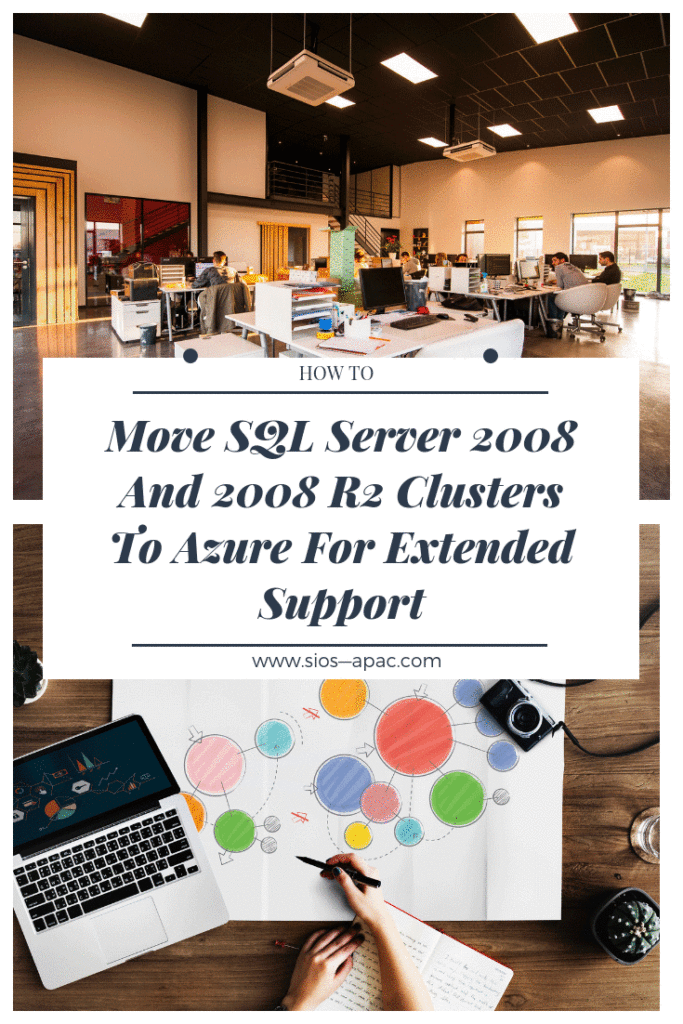
Webinar: Availability Options and Requirements for SQL Server 2008 in Azure
Time is running out for your SQL Server 2008/2008 R2 instances. On July 9th the extended support date for SQL Server 2008/2008 R2 officially runs out. This means no more security updates will be issued. But wait, there is an option. By moving your SQL Server 2008/2008 R2 Instances to Azure, Microsoft will provide an additional three years of Extended Security Updates at no additional charge Running. Before taking the plunge on moving your SQL Server 2008/2008 R2 instances to Azure, you need to understand the availability options and requirements to ensure that your high availability and disaster recovery concerns are addressed.
Learn how to deploy SQL Server 2008 /2008 R2 Failover Cluster Instances in Azure properly. This includes addressing the lack of a shared storage option as well as networking requirements including the Internal Load Balancing requirements. Azure Site Recovery will be introduced as a viable alternative as a disaster recovery option which allows for a robust RPO/RTO in an entirely different Azure region.
Register Webinar: Availability Options and Requirements for SQL Server 2008 in Azure


